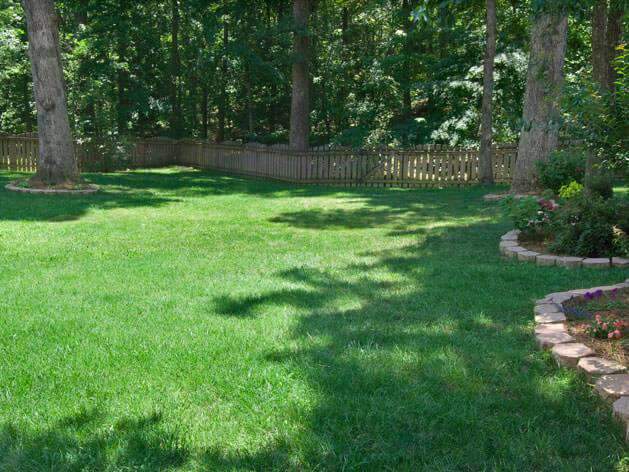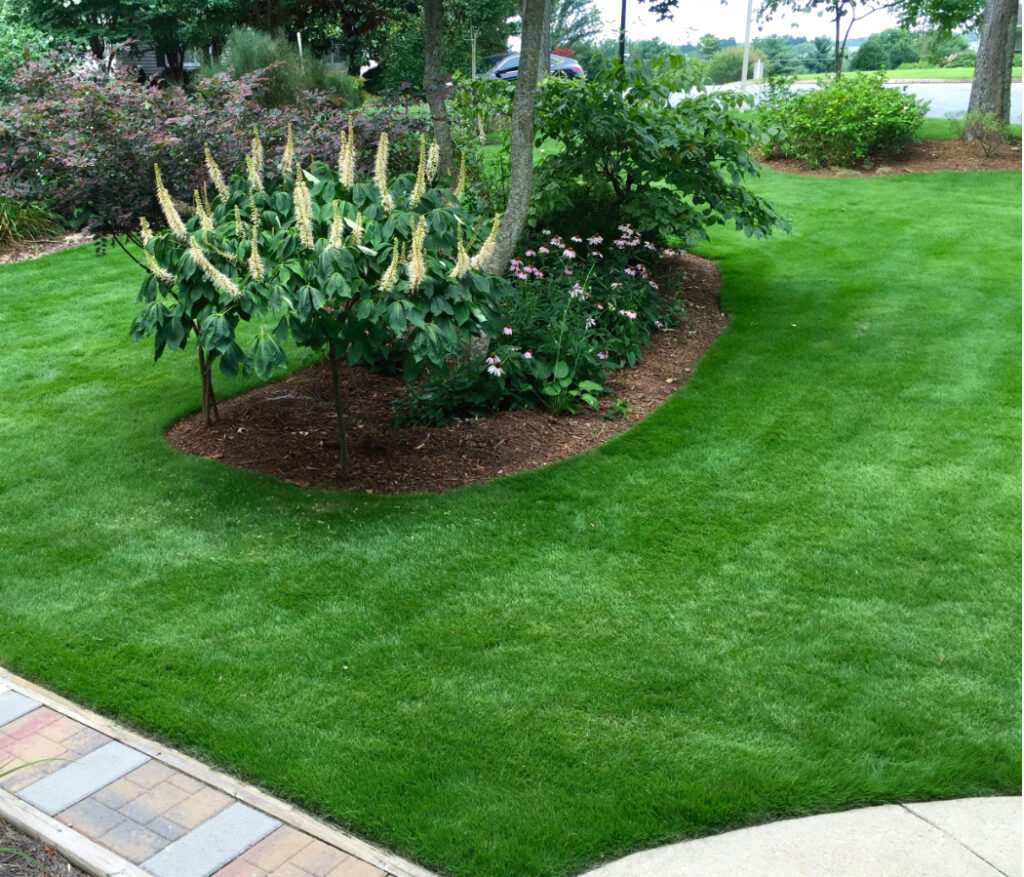No matter what your landscape design looks like, no yard is complete without a green, luscious lawn. But when you live in an area with water restrictions like Southern California, you have to be careful about what type of grass you choose to plant.
If you’re not careful, you could end up spending a fortune on your water bill. So, what’s the best drought-tolerant grass for Southern California? Our top pick is are fescue, Bermuda grass, Blue Wildrye and Zoysia grass.
Check Out Some of The Best Drought-Tolerant Grasses In Southern California
Fescue
Drought conditions are becoming more common in Southern California, which means that homeowners and landscapers alike are looking for ways to conserve water. One type of grass that is becoming more popular in the region is tall fescue.

Fescue (Festuca arundinacea) is a type of grass that is native to Europe and Asia. It is a cool-season grass, which means that it grows best in the spring and fall. Tall fescue is a hardy grass that can tolerate drought conditions better than other types of grass.
There are several reasons why fescue is a good choice for drought conditions. First, tall fescue has a deep root system that helps it to access water that other grasses cannot reach. Second, tall fescue has a waxy coating on its leaves that helps to retain moisture. Finally, tall fescue is a slow-growing grass, which means that it does not require as much water as other types of grass.
Bermuda Grass
Bermuda grass is a type of grass that is known for being drought tolerant. This means that it can withstand long periods of dry weather without dying.
This type of grass is a popular choice for lawns because it is very low maintenance. It does not need to be fertilized or watered very often, and it can withstand a lot of foot traffic. Bermuda grass is also very tolerant of heat and cold, so it can be grown in many different climates.

It does have some drawbacks, however. It is a very invasive species, so it can easily take over a lawn if it is not kept in check. It is also very difficult to remove once it is established. Bermuda grass can also be a problem for gardeners, as it can choke out other plants.
If you are thinking of planting Bermuda grass, be sure to research it thoroughly first. It is a great grass for many situations, but it is not right for everyone.
Blue Wildrye
Blue Wildrye (Elymus glaucus) is a beautiful, drought-tolerant perennial grass that is native to the western United States. It grows in a wide variety of habitats, from open meadows to woodlands. Blue Wildrye is a valuable forage grass for livestock, and its seeds are an important food source for birds. This grass is also a popular choice for landscaping and restoration projects.

It is a member of the wheat family (Poaceae). It is a perennial grass that can grow up to 3 feet tall. The leaves are blue-green in color and have a distinctive wave-like pattern. The flowers are small and inconspicuous. They are usually green, but can be purple or red in some varieties.
Blue Wildrye is a very drought-tolerant plant. It can survive in dry, arid conditions that would kill most other plants. This grass is also tolerant of poor soil conditions and can even grow in rocky or sandy soil. Blue Wildrye is a hardy plant that is very easy to grow.
If you are looking for a drought-tolerant plant for your landscape or restoration project, Blue Wildrye is a great choice. This hardy grass is easy to grow and can tolerate a wide range of conditions. Blue Wildrye is a beautiful grass that will add color and interest to your landscape.
Zoysia Grass
Zoysia grass is a type of grass that is native to Asia. It is known for being very drought tolerant, as it can survive in climates with little rainfall. Zoysia grass is also known for being very tolerant of salt, making it a good choice for lawns near the ocean.

Zoysia grass is a warm-season grass, which means it grows best in temperatures between 75 and 85 degrees Fahrenheit. In cooler climates, Zoysia grass will go dormant and turn brown. Zoysia grass can be started from seed, but it is more commonly started from plugs or sod.
Once established, Zoysia grass is a very low-maintenance grass. It does not need to be mowed very often, and it does not need a lot of fertilizer. Zoysia grass is also resistant to many common lawn pests, such as chinch bugs and sod webworms.